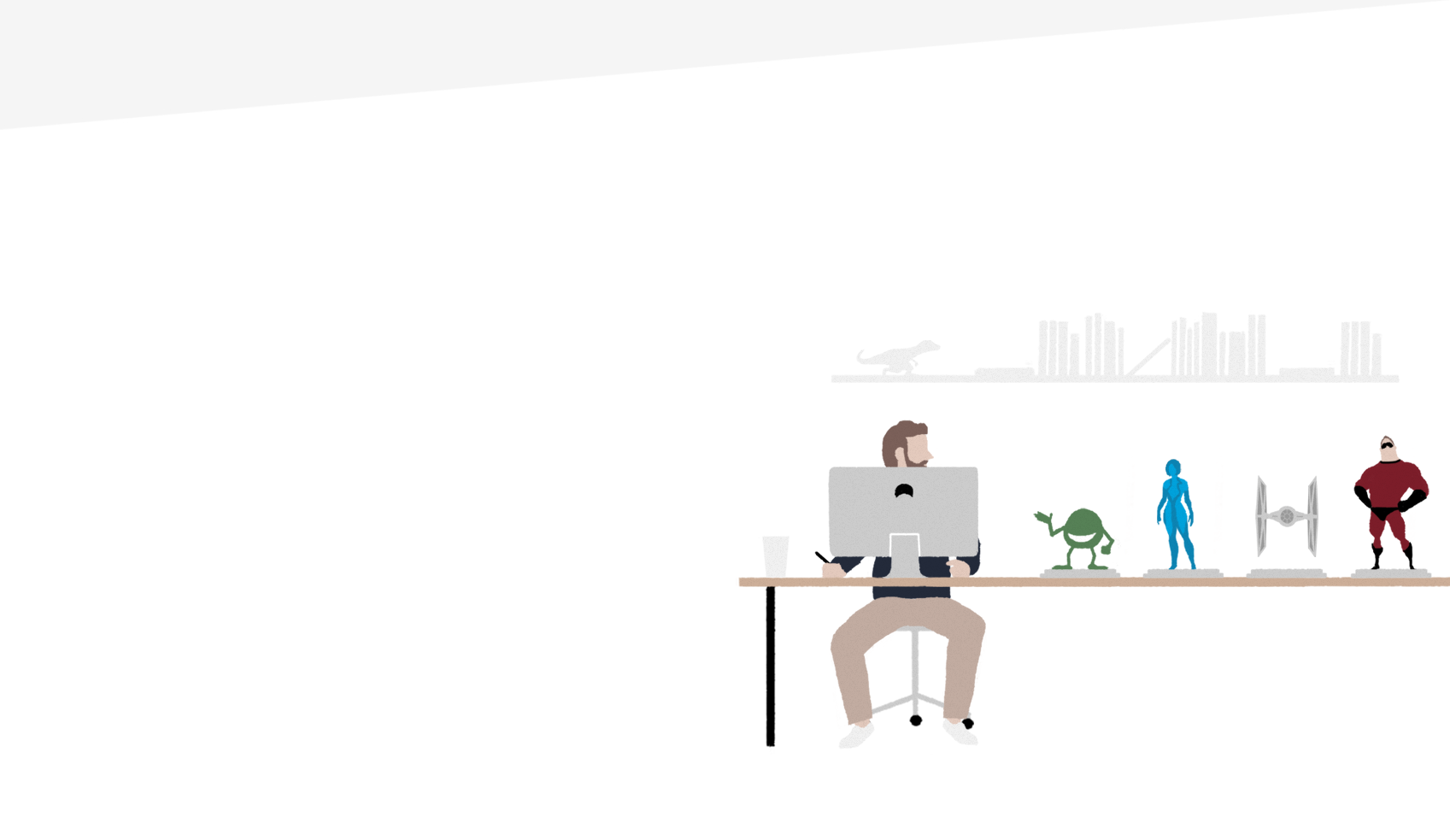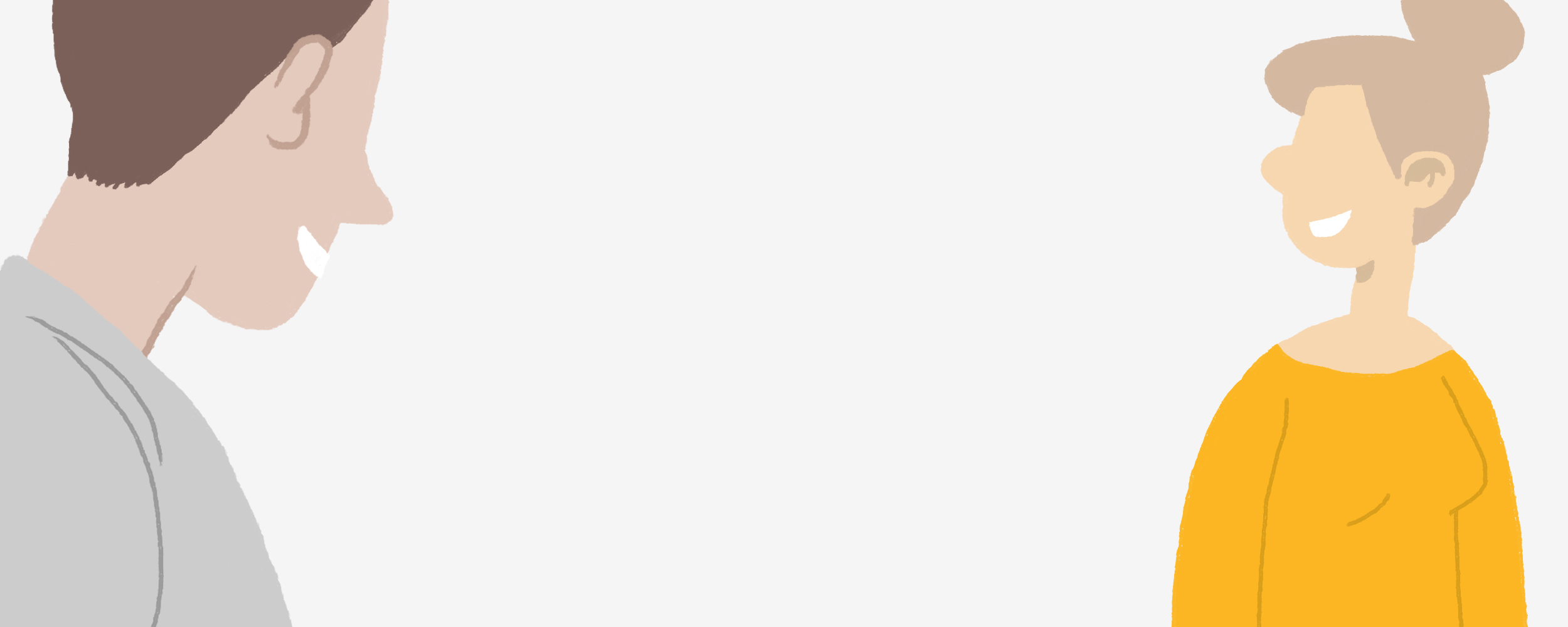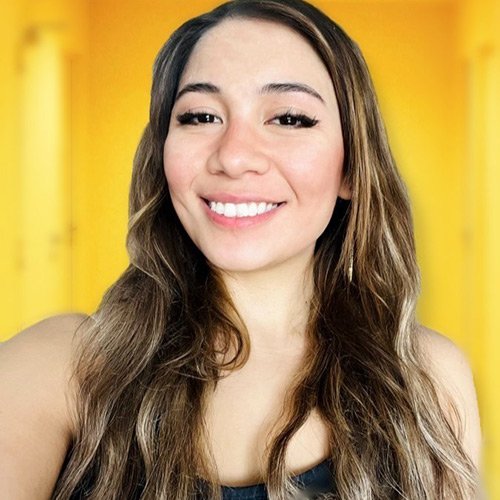
Next start date
April 7, 2025
*In-Person Classes*
7 Spots Remaining
3D Modeling, Animation, and VFX Accelerator
The 3D Animation & Visual Effects program is an intensive six-month course in which students explore modern, industry-proven 3D workflows for games and television/film. The Course offers a collaborative studio-like experience where students have room to experiment, grow, and advance their skills. There is no better way to learn what you need to know to excel in the 3D industry.
The 3D Learning Loop®
The 3D program works differently than previous classes you may have attended, and it's virtually incomparable. How does the course differ? Instead of working linearly, the course curriculum is looped. Introducing The Learning Loop®. The Loop offers incredible returns for students for such a compressed timeline. With a linear-based timeline, students inherently spend less time on concepts introduced later in the program. For example, suppose Lighting and Rendering are the last two weeks. In that case, students don't get to solidify those learned concepts simply because they aren't as comfortable with them as with ideas introduced at the beginning of the class, using those all the way through. The Learning Loop® introduces students to the 3D pipeline from the first day. Every time we do the Loop in class, it gets a little larger, and we learn more about the details of the processes. The Loop also provides a unique skill-building opportunity. Through a series of exercises and assignments, things quickly become muscle memory. If you attend class and enjoy the work, it's almost impossible not to learn.
Career Options
Possibl career options after the course are 3D Animator, Video Game Modeler, Video Game Designer, Film and Television Production, Special Effects Artist, Character Designer, Production Artist, Multimedia Developer, Game Environment Artist, Visual Effects Designer, Motion Designer, Architectural Designer, Landscape Architecture, Visual Design Consultant, and more.

Tuition Costs
The tuition for the 3D Animation & Visual Effects Diploma Program is $19,995 CAD. This covers the costs of 6 months in-class instruction (840 hours), the use of a personal computer, all the required course materials, including textbooks.
Equipment, Tools, and Software
Autodesk Maya, Maxon ZBrush, Epic's Unreal Engine, Adobe Substance Tools (3D Sampler, 3D Painter), Adobe Photoshop, Adobe After Effects, Aero, Various Augemented (AR) and Virtual Reality (VR) Tools

Pixel Blue 3D graduates
A look at what some of our 3D graduates are up to now.
Don Arceta
Art DirectorPlayground Games
Val Dufour
Manager, 3D SubstanceAdobe
Martina Goodyear
VFX ArtistInflexion Games

Student Work
Through The Learning Loop®, personalized, one-on-one critiques and group sessions, students are able to improve their craft under the guidance of talented instructors and the support of creative classmates.

Program Curriculum
3DSF Software Foundations
Learning software can be a hurdle in education, but Software Foundations offers a dive into how the tools work, best practices, and the basis for working effectively in critical applications. It also covers the tools you would need within a production pipeline. Students familiarize themselves with Autodesk Maya Maxon ZBrush and Adobe Substance 3D Painter so they can focus on creativity and designs throughout the rest of the course.
Maya, ZBrush, Substance 3d Painter User Interface Foundations
Software user-interface foundations including [1] Navigation and [2] Pipeline Concept such as File Management, Scene Management, and Modeling Workflows.
3DMF Modeling Foundations
Modeling foundations takes students through geometry, objects, and components and outlines best practices for building objects, props, scenes, and characters. Students will work through exercises, assignments, and projects, each building upon different principles and workflows used in production today.
Modeling Foundations
• Structure of 3D Objects in 3D Space • Object-Level Model Building, Block-In’s • Foundational Model Building • Topology Foundations • Modeling Workflow Strategies • UV Space (2D Space) Foundations • Hard Surface Modeling Strategies • Organic Modeling (Deformation Modeling) Strategies
3DSF Sculpting Foundations
Students use a sculpting workflow to create high-resolution meshes for props and characters. The course covers the foundations for sculpting and includes breaking up forms into low-, medium-, high-frequency details and creating Écorché. The class then looks into working with sculpts within the 3D production pipeline.
Sculpting Foundations
• Methods for Developing Forms • Methods for Creating Low, Medium, and High-Frequency Details • Sculpting Workflows and Strategies for Pipeline Integrations • Strategies for Managing Sculpting Topology
3DDF Look Development Foundations
Look Development in production encompasses everything from lighting, materials, shading camera work, and environmental effects. Students learn studio and 3D lighting, physically based rendering shader building, and how to manage render settings and produce quality renders for still images and animations.
Look Development Foundations
• Lighting Foundations • Material and Shader Creation • Map Baking Foundations • Physically Based Rendering (PBR) Foundations • Render-time and Real-Time Foundations • Node-Based Shader Creation • Cinematic Foundations • Rendering Technologies and Strategies • Rendering Engine Foundations
3DAF Animation Foundations
Animation foundations cover the principles of animation and how they operate within a 3D production pipeline. Students will animate cameras, props, mechanical motions, and character mechanics and expand that into entire scenes.
Animation Foundations
• Foundations for Heirachy, Kinetic and Skeletal Structures • Rigging Foundations for Characters and Props • Foundational Skinning, Deformation, and Influences • Animation Principles and Workflows
3DPT Animation Pencil Test
Pencil Tests are a tried-and-true way to reinforce animation principles by putting them into practice and building upon each other. Students create a weekly pencil test, and we review the work in class.
Pencil Tests
• Squash and Stretch • Bounces • Poses • Walk Cycles • Body and Action Mechanics
3DPR Projects
Class projects allow students to put theories and foundations into practice by creating a series of larger-concept projects, individually and as a group.
3DPF Capstone Project / Portfolio / Demo Reel
One of the final projects in the Pixel Blue 3D program is the Capstone Project, where students collaborate to create a fully interactive, real-time project using a Game Engine. This project is part of the Capstone/Demo Reel/Portfolio module, which was designed to adapt to industry expectations. At the beginning of the course, the instructor determines the focus, whether it will be a Capstone Project, a Demo Reel, or a Portfolio.
Capstone Project In this option, students work together to develop a professional-grade, interactive application, gaining hands-on experience with real-time project development. Demo Reel This involves creating a short video compilation that showcases the students' best work and demonstrates their skills in 3D design, animation, and real-time applications. Portfolio This option focuses on curating a collection of a student's work, presented in a format that best displays their abilities to potential employers. The chosen focus provides students with a comprehensive opportunity to develop and showcase their skills in alignment with current industry demands.3DCD Career Development
The 3D Animation & Visual Effects Diploma Program Curriculum also includes 20 hours of Career Development with Pixel Blue College’s Employment Specialist.


Ready to begin your application?











